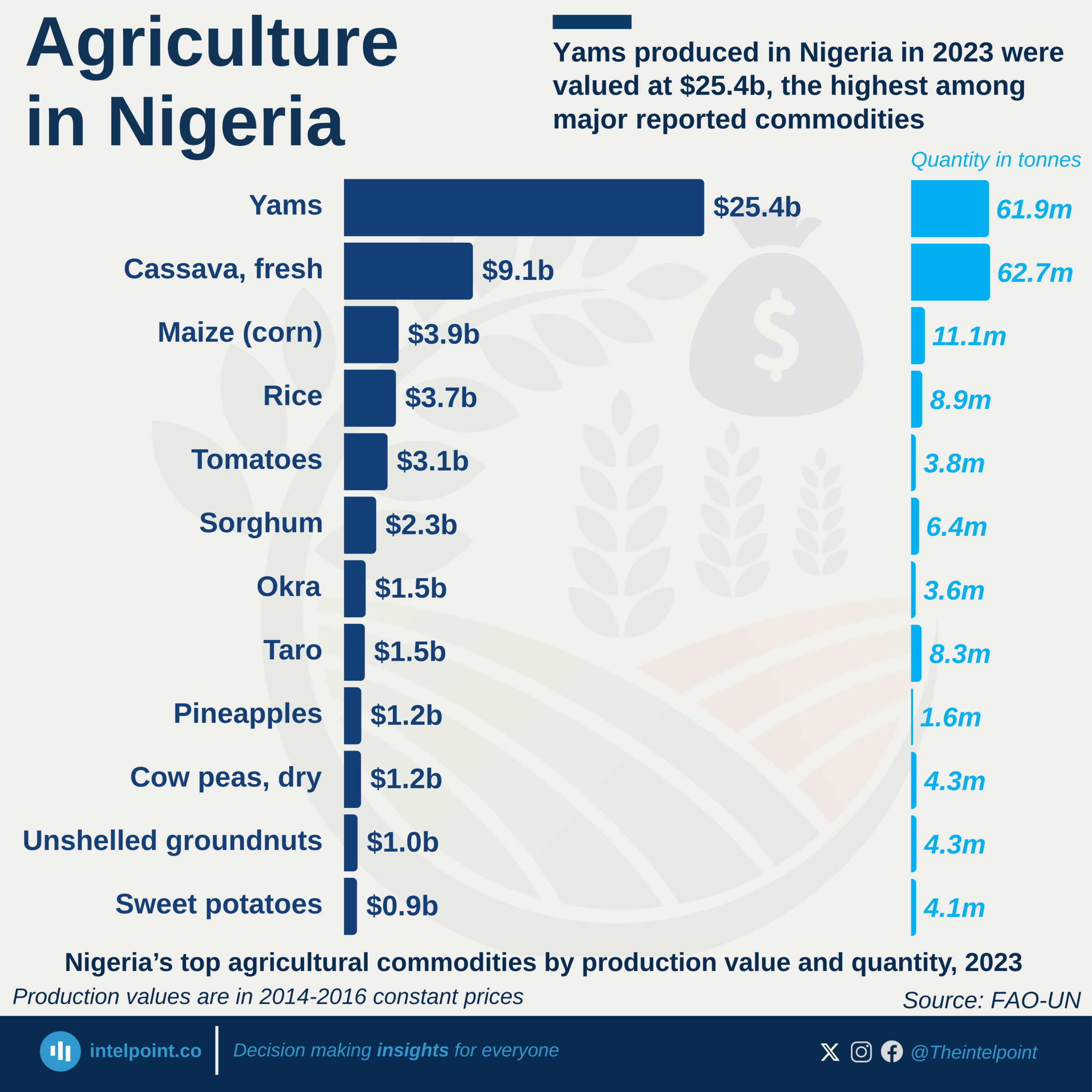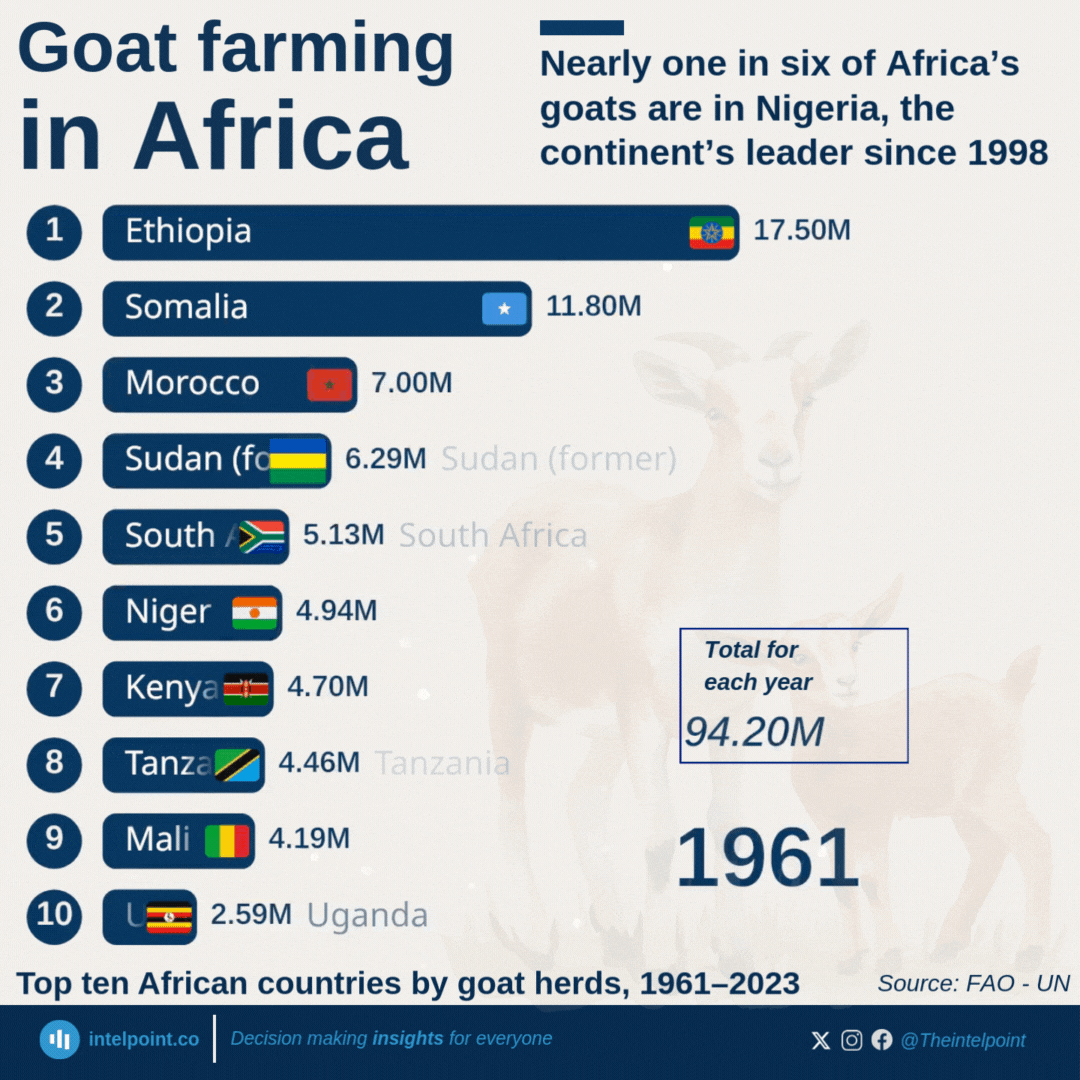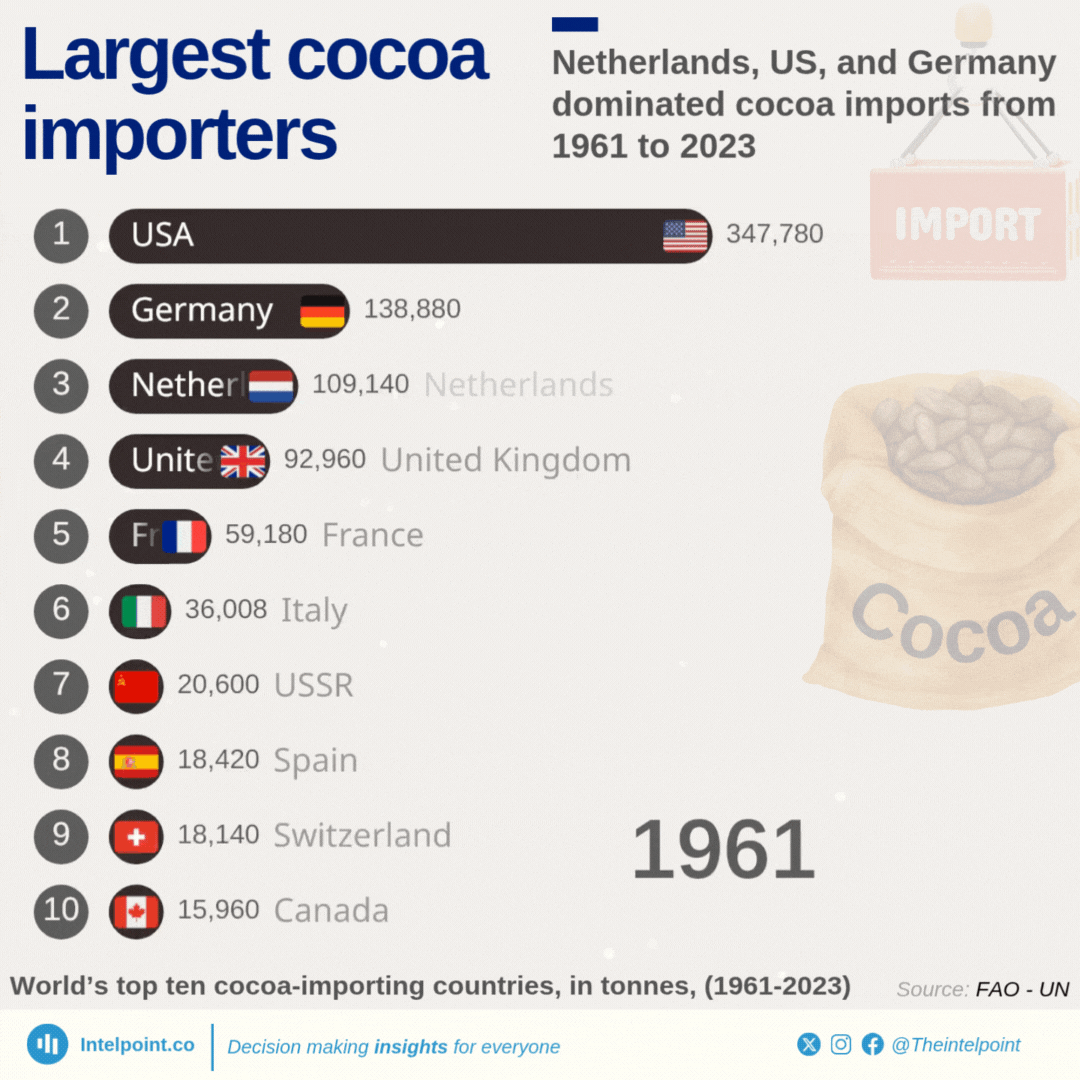Key Takeaways:
Nigeria's corn production reveals a geographic concentration in the northern regions. Kaduna emerged as the leading producer, accounting for 8% of national output on average.
Other northern states, including Niger, Gombe, Borno, Plateau, Taraba, and Bauchi, were also major contributors. All the top fifteen corn-producing states recorded outputs ranging from 340,000 to 947,000 metric tons, accounting for 62% of the national output on average.





